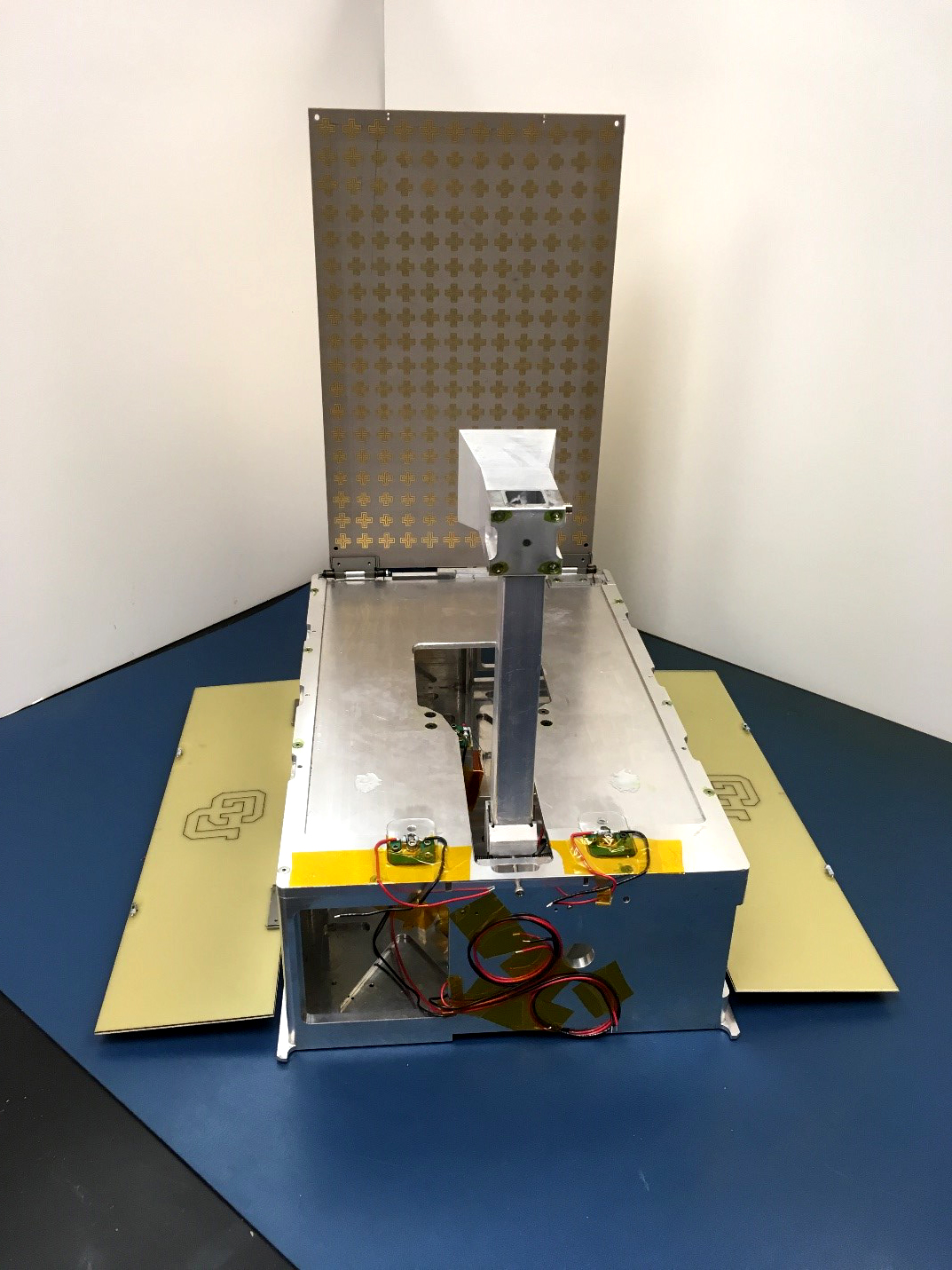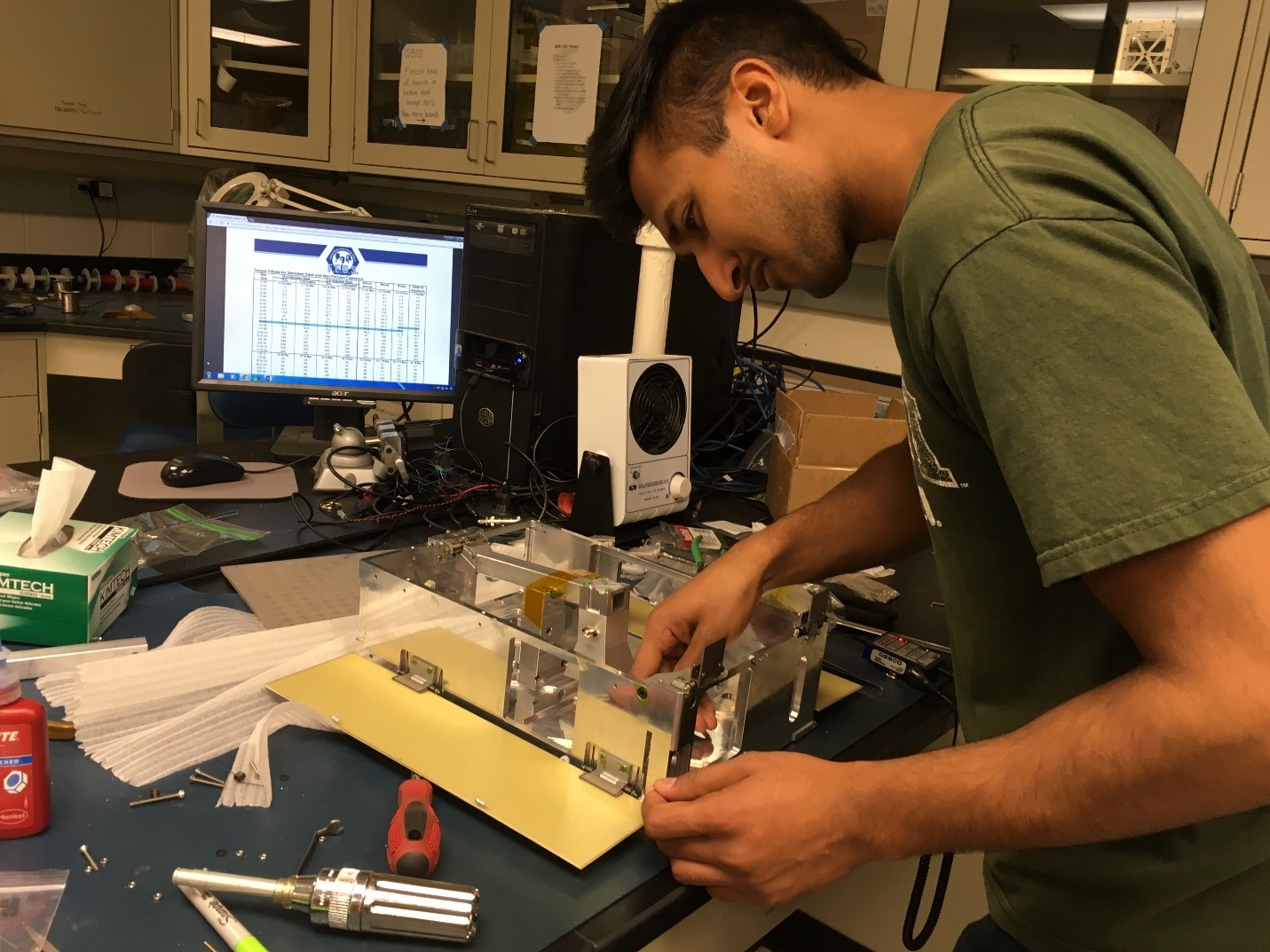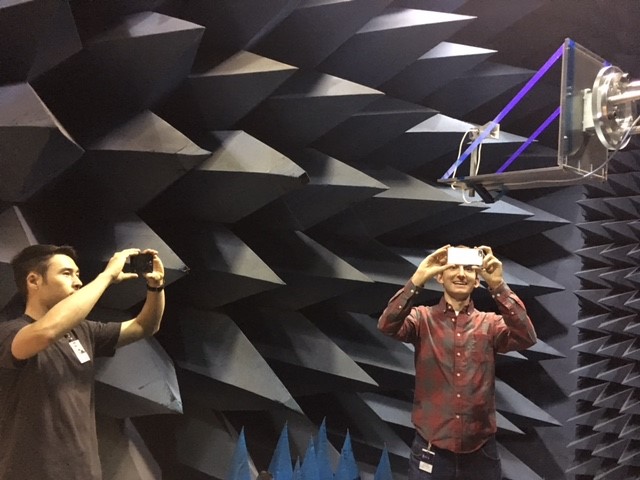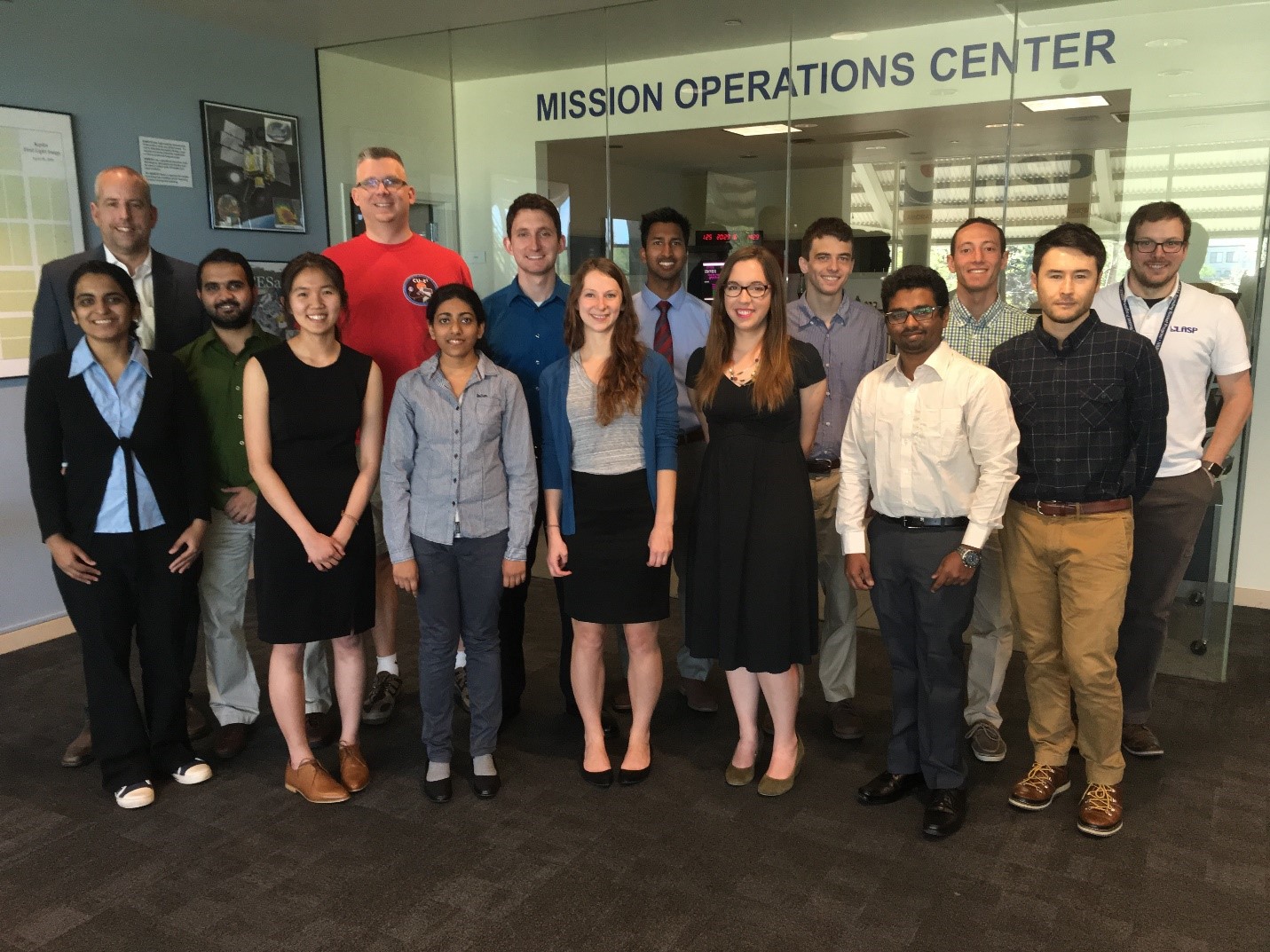The shoebox-size CU Earth Escape Explorer (CU-E3) is being assembled by the University of Colorado, Boulder, Aerospace Engineering Science Graduate Projects Class.
CU-E3 is designed for a communications technology demonstration mission, slated to travel more than 2.5 million miles into space. As a Deep Space Derby entry, the diminutive spacecraft will reach an orbit of about 10 times the distance between Earth and the Moon.
Hands-on enterprise
Colorado University Boulder professor Scott Palo, who teaches the graduate class building the CU-E3 satellite, says that the project permits students from various disciplines to work on a stimulating real-world, hands-on enterprise. The team includes undergraduate and graduate students, as well as advisors from the local community. Team members have diverse backgrounds, including military space operations, military acquisition, and industry experience.
Blue Canyon Technologies, a neighboring small satellite company founded by CU-Boulder alumni, has partnered with the CU-E3 team, said team manager Alec Forsman.
A satellite body called XB1 was provided by the local company to point the CU-E3 accurately, interpret commands and manage power for the spacecraft’s payload.
“Integrating this hardware into our system has proven to be a system engineering challenge, but will allow tested and proven hardware to be used on board, which will increase the chances of mission success,” said Benjamin Fried, the system engineer.
Going the distance
“As CU-E3 gradually gets farther and farther away from Earth,” Forsman said, “we will use communications technology that we’re developing at the university.”
The team is pursuing four different Cube Quest prizes: Largest aggregate data volume; most error-free data blocks; the most distant communications from Earth; and spacecraft longevity.
“There have been few, if any, CubeSats that have gone the distance that we’re trying to go,” Forsman said, “and the communications technology we’re developing is non-existent.”
CU-E3 will be outfitted with what’s called a “planar” antenna, a deployable array in which all of the elements are in one plane, yet provide a large aperture for directional beam control.
“It models what a parabolic antenna provides,” Forsman explained. “On a small CubeSat, there are too many constraints in flying a parabolic antenna. We’re hoping that we can get a similar performance with our planar antenna.”
A prototype antenna for CU-E3, developed entirely by students, has been tested in a community partners’ anechoic chamber to verify the performance and antenna characteristics. The chamber is a room that can completely absorb or minimize reflections – echoes — of sound. “Verification of the simulations and models is exciting, and is one step closer to the realization of the final system” said Michael DeLuca, the communications system lead.
Solar radiation pressure
Brett Shaffer is on the CU-E3 team, working as the attitude dynamics and control team lead for the past summer.
“We’re looking at using solar radiation pressure to orient our spacecraft,” Shaffer said, “It’s one of the big benefits we’re looking at using CU-E3.
The novel antenna design makes possible high data rates, “and that’s another huge benefit of our spacecraft,” Shaffer added. “CubeSats usually don’t have a whole lot of data link time with ground stations. So the more data you can push through, the better.”
The team recognizes the importance of a ground station for the competition, and has chosen to partner with ATLAS Ground Networks for their uplink and downlink communications.
Solve the problem
CU-E3 is a hands-on, creative project, said Forsman. In his senior design work at the university, Forsman said that he can design something that solves the problem. “But the difference here with CU-E3 is that we have to solve the problem … and then we actually have to make it!”
Forsman observes that everyone taking part in the competition is excited and willing to work hard and to do what they need to help out the team.
Developing the hardware to certain NASA standards, Forsman said, “is something for me, personally, that has been a big challenge and totally new. It’s a huge learning experience.”
Finding out about the NASA process and space agency design methods is definitely tough, he said. “But it’s going to be worth it in terms of moving on with my career after this project.”
Shaffer agreed, “It has been like drinking out of a fire hose, but I’m loving it — a great experience.”
More about Cube Quest
The Cube Quest competition offers a total of $5 million to teams that meet the challenge objectives of designing, building and delivering flight-qualified, small satellites capable of advanced operations near and beyond the moon. The competition is sponsored by NASA’s Space Technology Mission Directorate and managed by the Centennial Challenges Program at NASA’s Marshall Space Flight Center in Huntsville, Alabama,
For more information about the Cube Quest Challenge, visit:
https://www.nasa.gov/cubequest
For more information about Centennial Challenges, visit:
https://www.nasa.gov/directorates/spacetech/centennial_challenges/index.html
To learn more about CU-E3, visit:

































